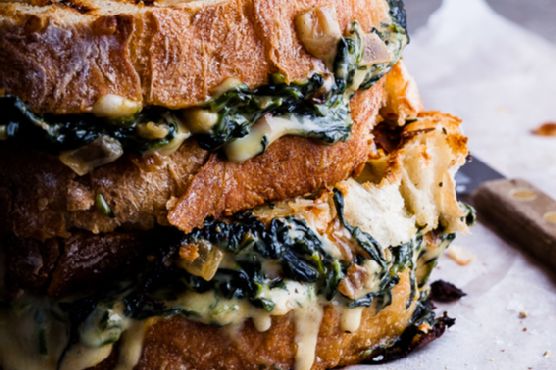Cappuccino cake
Cappuccino cake takes around 45 minutes from beginning to end. This recipe serves 12. One serving contains 567 calories, 9g of protein, and 41g of fat. For 70 cents per serving, this recipe covers 7% of your daily requirements of vitamins and minerals. A mixture of strong coffee, butter, light brown sugar, and a handful of other ingredients are all it takes to make this recipe so tasty. This recipe from BBC Good Food has 848 fans. All things considered, we decided this recipe deserves a spoonacular score of 24%. This score is not so great. Similar recipes are Cappuccino Icebox Cake, Orange Cappuccino Cake, and Cappuccino Cake Brownies.
Servings: 12
Preparation duration: 15 minutes
Cooking duration: 30 minutes
Ingredients:
250g light soft brown sugar plus 2-3 tbsp
250g pack butter, softened
cocoa powder or drinking chocolate to decorate
4 eggs, beaten
2 tbsp light soft brown sugar
500g tub mascarpone
300g self-raising flour
200ml very strong coffee (made fresh or with instant), cooled
50g walnuts, toasted and finely chopped (a food processor is easiest), optional
Equipment:
oven
wire rack
knife
bowl
Cooking instruction summary:
Heat oven to 180C/fan 160C/gas 4. Butter 2 x 20cm sandwich tins and line the bottoms with greaseproof paper. Beat butter and sugar together with electric beaters until pale and creamy. Add the fl our and eggs in one go and keep beating until evenly mixed. Fold in the walnuts (if using) and half of the coffee. Spoon the mix into the prepared tins and bake for 25-30 mins or until golden and well risen.Leave the cakes in their tins for 5 mins before turning onto a wire rack. Sweeten the remaining coffee with the extra sugar and sprinkle 4 tbsp over the sponges. Leave to cool completely.While the cakes cool, make the frosting. Tip the mascarpone into a large bowl and beat in the sugar and remaining coffee until smooth and creamy. Use about half of the frosting to sandwich the sponges together then, using a palette or cutlery knife, spread the rest of the frosting over the top of the cake. Decorate with a dusting of cocoa powder or drinking chocolate. If you’re making this cake to eat at home, it will keep covered in the fridge for 2-3 days.
Step by step:
1. Heat oven to 180C/fan 160C/gas
2. Butter 2 x 20cm sandwich tins and line the bottoms with greaseproof paper. Beat butter and sugar together with electric beaters until pale and creamy.
3. Add the fl our and eggs in one go and keep beating until evenly mixed. Fold in the walnuts (if using) and half of the coffee. Spoon the mix into the prepared tins and bake for 25-30 mins or until golden and well risen.Leave the cakes in their tins for 5 mins before turning onto a wire rack. Sweeten the remaining coffee with the extra sugar and sprinkle 4 tbsp over the sponges. Leave to cool completely.While the cakes cool, make the frosting. Tip the mascarpone into a large bowl and beat in the sugar and remaining coffee until smooth and creamy. Use about half of the frosting to sandwich the sponges together then, using a palette or cutlery knife, spread the rest of the frosting over the top of the cake. Decorate with a dusting of cocoa powder or drinking chocolate. If you’re making this cake to eat at home, it will keep covered in the fridge for 2-3 days.
Nutrition Information:















